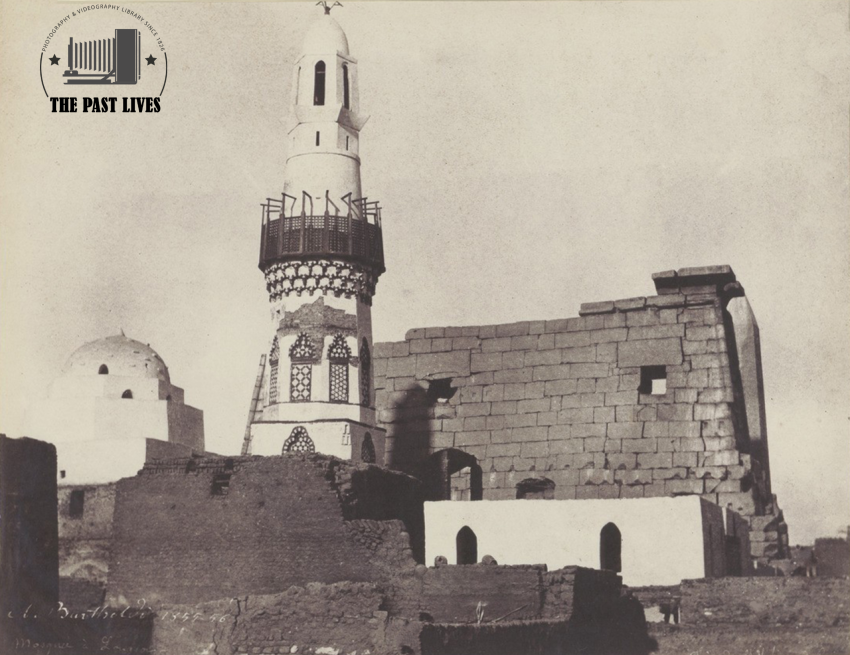Egypt, Abu al-Hajjaj Mosque in Luxor, 1856
The Abu al-Hajjaj al-Aqsuri Mosque, or Abu al-Hajjaj Mosque as it is commonly called, is a mosque in Luxor, Egypt. It is named after the Sufi ascetic Yusuf ibn Abd al-Rahim ibn Yusuf ibn Isa al-Zahid, known as Abu al-Hajjaj al-Aqsuri, who was buried within it.
It was briefly mentioned by Ibn Battuta in his book "A Gift to the Contemplators of the Wonders of Cities and the Marvels of Travels."
The mosque underwent several constructions and expansions. It was rebuilt in the nineteenth century and restored in the early twentieth century. During the first half of the same century, a new mosque in the same style was built next to the old mosque.
In 2009, a two-year restoration of the mosque was completed under the supervision of the Supreme Council of Antiquities, at a cost of seven million Egyptian pounds. The new construction included expanding the prayer hall, reinforcing the dome, and replacing the ceilings. The mosque had been damaged by a fire in June 2007. During the restoration, the temple walls were uncovered, which had been covered with paint that covered the monument's features. When these were removed, columns and lintels bearing ancient Egyptian inscriptions dating back to the era of Ramses II were revealed.
Similar Photos
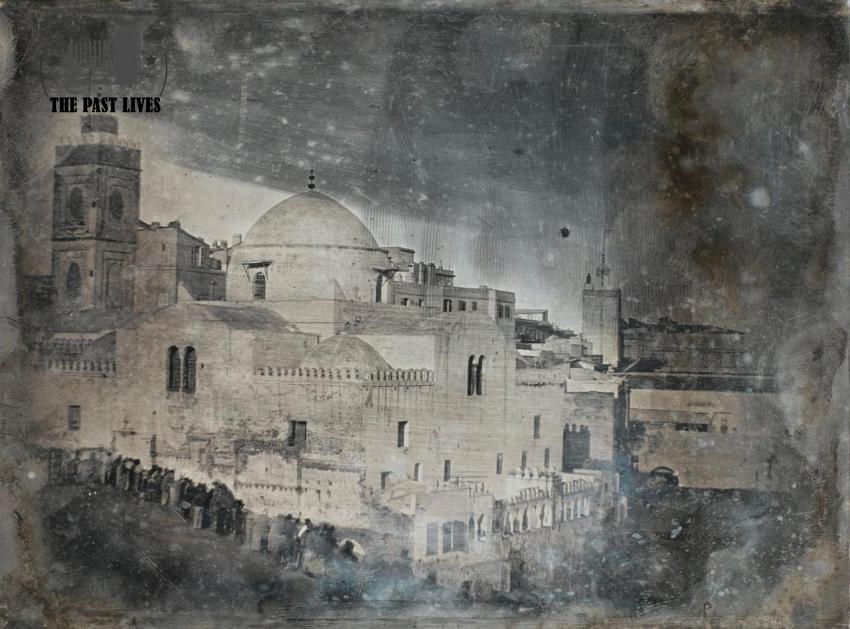
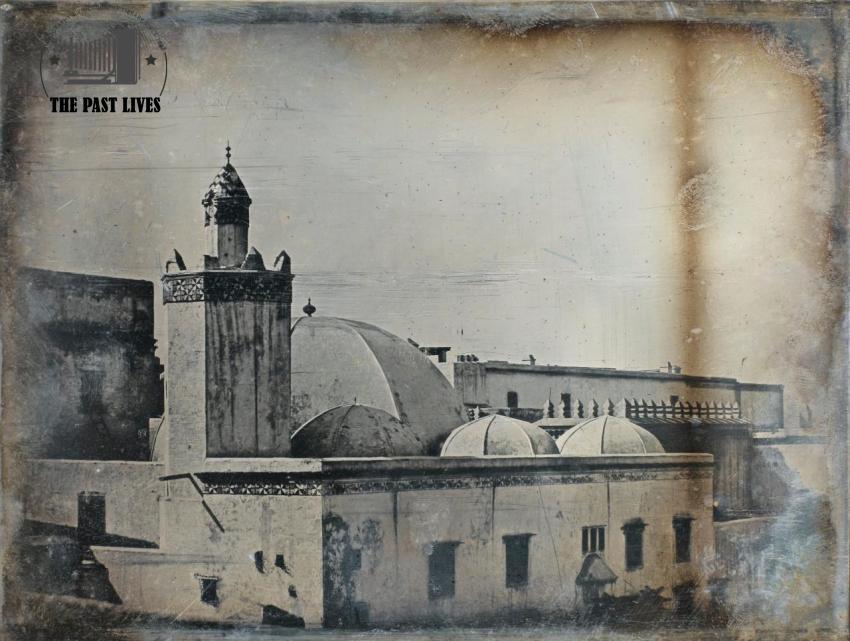
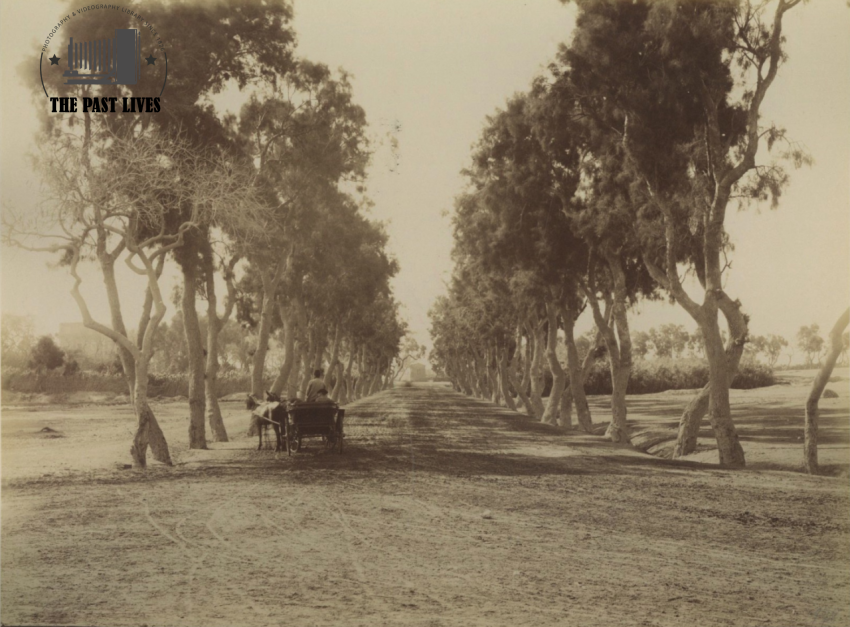
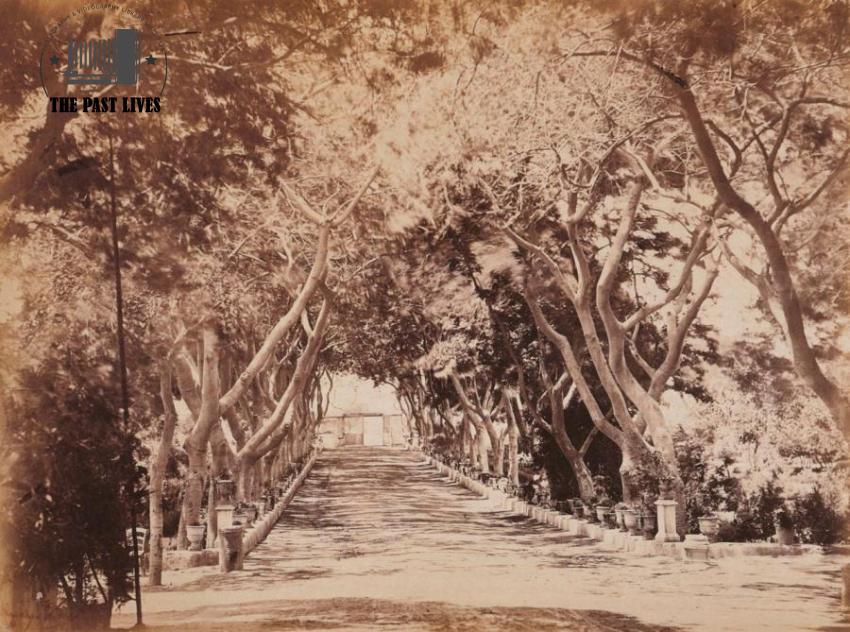
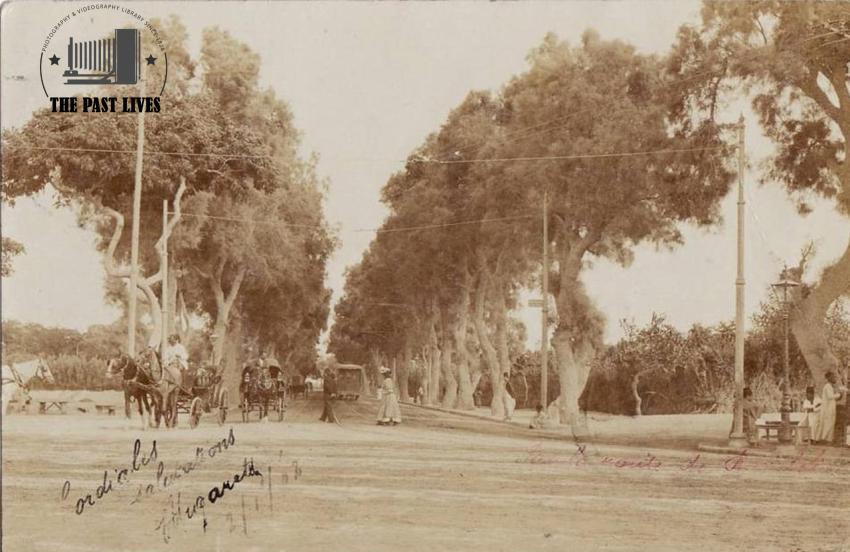
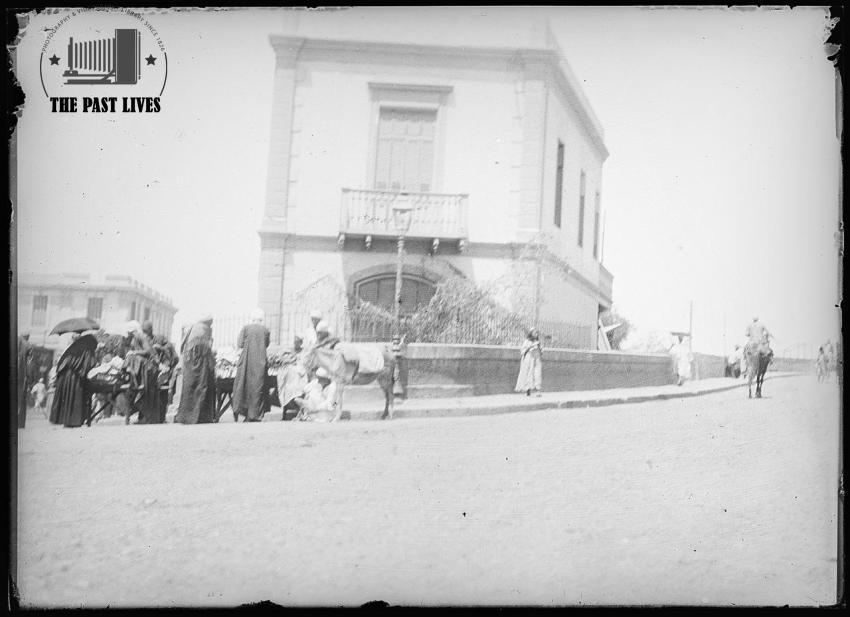
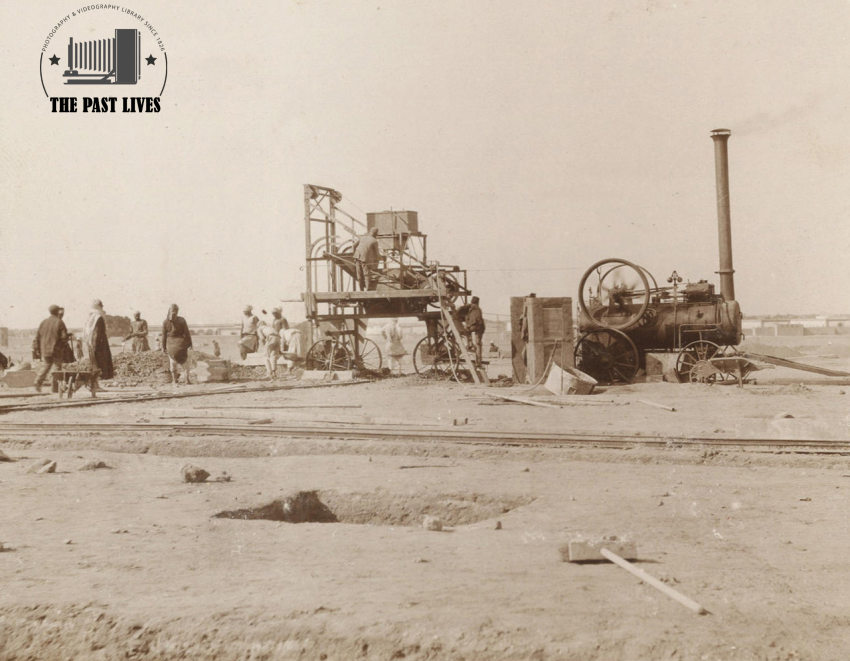
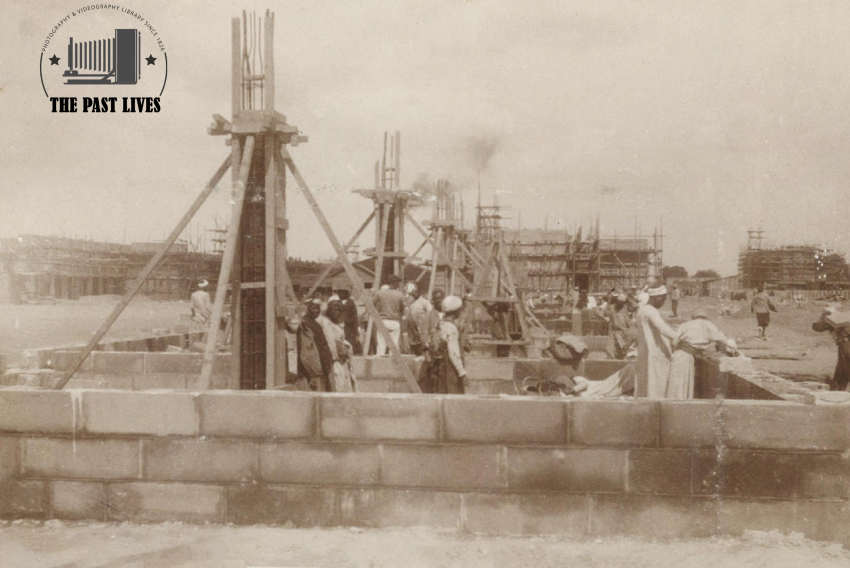
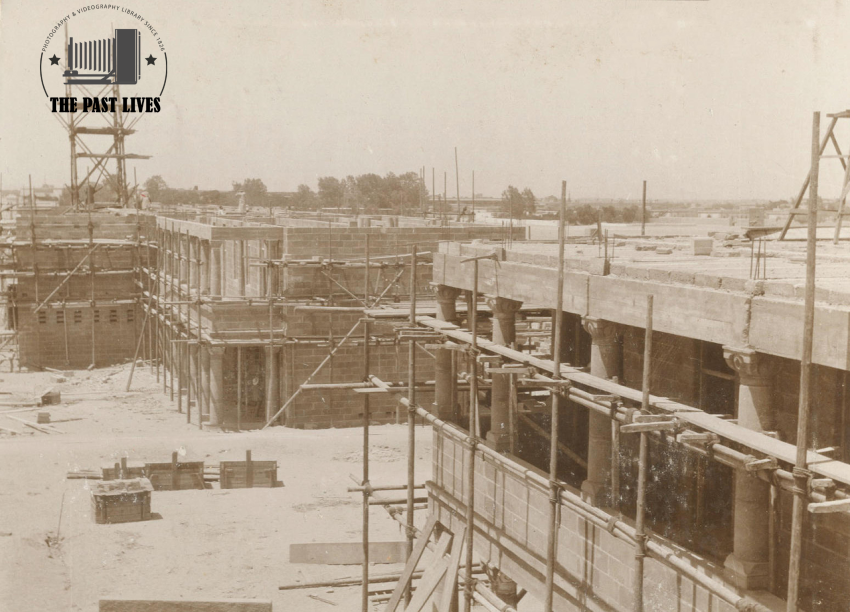
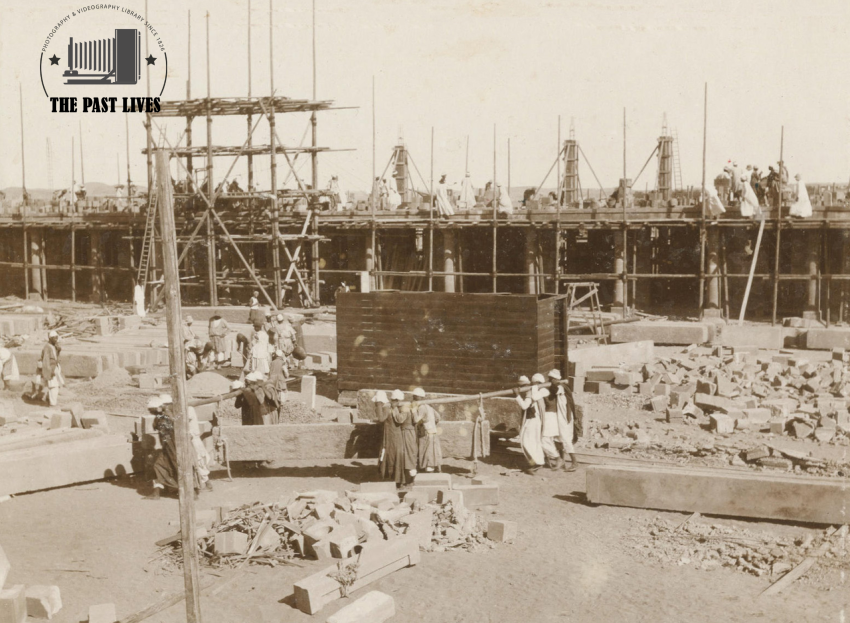
Admin
613 Photos
-
150
-
0
-
0
License and Use
Free for commercial use Attribution required- Details
- Year Taken 1856
- Country Egypt
- Photo #170
- Published on Jun 14, 2025
- Photo type PNG
- Resolution 2269x1748
- Photographer Frédéric Auguste Bartholdi
- Category Cities & Villages
- File size 11.4MB



